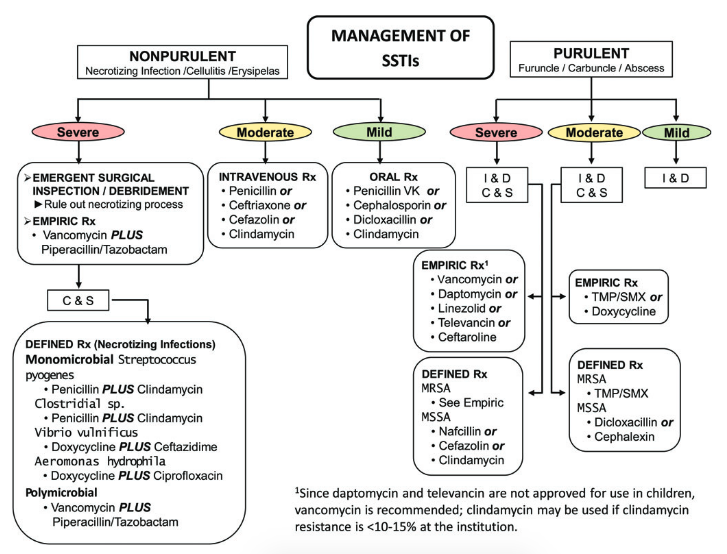“It is better to light a candle than to curse the darkness” - Carl Sagan
In an era where “fake news” threatens the fabric of our society, we as physicians have a duty to educate our patients and fight the insidious creep of disinformation. We often think of anti-vaxxers as granola-eating, compost pile-making eccentrics living off the grid somewhere in Montana, when the truth is that even some amongst own hospital colleagues may espouse these beliefs.
Here, we discuss three common arguments made by anti-vaxxers in supporting their stance and counterarguments based on empirical evidence we may use to challenge them.
FALSE: Vaccines cause undue harm due to antigenic overload
▪ A misconception propagated by Robert W. “Doctor Bob” Sears that holds infants are incapable of responding safely to the “large number” of vaccine antigens given and that antigenic overload results in a “cytokine storm” or “immune cascade” that triggers adverse health events.
▪ Not surprisingly, “Dr. Bob” failed to cite any data to support this claim.
Counterarguments:
▪ From the moment of their birth, infants encounter numerous microorganisms and their antigens at a level far exceeding the antigen exposure due to vaccines.
▪ Numerous studies show that vaccines are safe and efficacious at the routine vaccine schedule with no evidence of an “antigenic overload.”
▪ Infants and children today actually receive far less antigenic “exposure today” with routine vaccination than they did in the past. The smallpox vaccine given in the 1900s contained 200 proteins and the whole cell pertussis component of DTwP vaccine given in the US up until the 1990s contained approximately 3,000 proteins. Today, the entire schedule of 15 recommended vaccines from birth to age 5 contains no more than 150 proteins and polysaccharides.
FALSE: Vaccines can result in autoimmune diseases such as T1DM, MS, and GBS.
Counterarguments:
▪ A panel of experts of the Institute of Medicine recently reviewed more than 12,000 published reports and failed to find any evidence whatsoever for the development of any of these three autoimmune diseases as a result of vaccines.
▪ The diversity of antigens presented during “natural” infection support the counterclaim that infections are more likely than vaccines to result in autoimmune phenomena, such as influenza virus or Campylobacter infection causing GBS.
FALSE: Immunity produced by “natural infection” is safer than vaccine-induced immunity.
Counterarguments:
▪ Wild type influenza kills 1 in every 8,300 Americans. No deaths have been attributed to the flu vaccine.
▪ The flu vaccine does not cause myocarditis, PNA, bronchitis, sinusitis, or significant amounts of lost work and school time — but “natural” influenza certainly does.
▪ While “natural” measles virus infection does provide lifelong immunity, it also causes death in about 1 out of every 3,000 cases, as well as other non-lethal and disabling complications. The measles vaccine has not been associated with death or disabling complications, despite billions of vaccine doses given.
Harms done by the anti-vaccine movement
▪ The anti-vaccine movement has successfully pressured numerous countries to discontinue use of the pertussis vaccine. These countries now have a documented 10- to 100-fold increased in morbidity and mortality from pertussis.
▪ Doctor Bob Sear’s alternative vaccination schedule has resulted in under-vaccination and measurable increased rates of measles and pertussis.
▪ Europe, Australia, New Zealand, and the Americas are now seeing major outbreaks of measles as a result of Wakefield’s fraudulent study claiming a link between the MMR vaccine and measles.
▪ In a Wisconsin survey, 31% of parents who refused vaccination cited “autism” as their reason.
Poland et al (2012) “The clinician’s guide to the anti-vaccinationists’ galaxy.” Human Immunology, Volume 73, Issue 859-866

